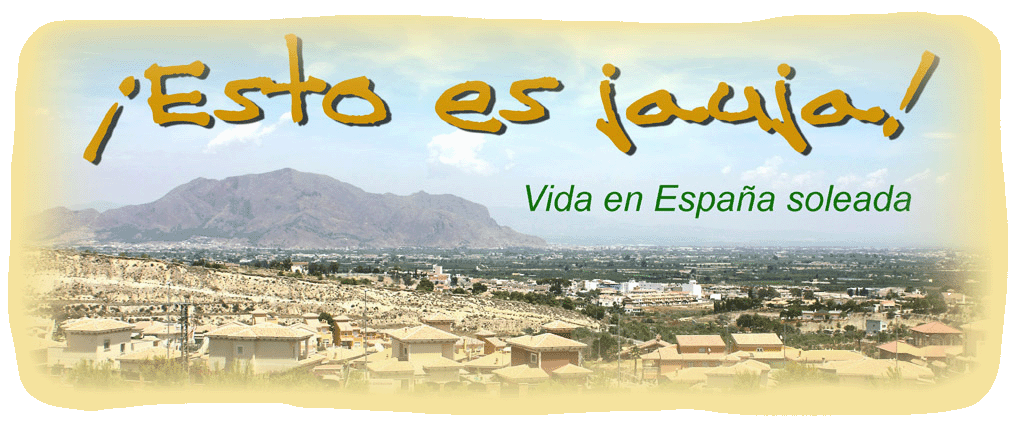Eduardo, our Spanish teacher for last year, explained that the area around Bigastro is semi arid. In order to get crops to grow, the local farmers employ complex watering systems which is what they have established on the huerta, the other side of town.
On this side of the town though, the land is as it would be. Without irrigation, most plants and certainly vegetable crops would have no chance of survival.
However, some species of fauna and flora are tenacious and manage to flourish in these impossible conditions; including the Mediterranean pines which have been planted here.
Some people would describe this land as useless scrub; you can see evidence of their abuse of it in the litter that gets strewn about. To me though, it is an area of natural beauty just waiting to be photographed.
 Where plots of land have been cleared for building and then left, it hasn’t taken long for the plants to re-colonise and claim back the ground they have lost. Following the re-introduction of the plants, you get insects and animals that feed on them. Then along come the snakes and the fbirds and pretty soon you have an area teaming with wildlife.
Where plots of land have been cleared for building and then left, it hasn’t taken long for the plants to re-colonise and claim back the ground they have lost. Following the re-introduction of the plants, you get insects and animals that feed on them. Then along come the snakes and the fbirds and pretty soon you have an area teaming with wildlife.
The area in the top photograph is where Idearco planned to build an aparthotel. I’m glad that hasn’t happened because if it had, this natural beauty would have been lost forever. I hope that whatever they do decide to do with the land is sympathetic and retains the rural splendour for generations that follow to appreciate. In my opinion, retaining this sort of wilderness close to the town exemplifies the principles of Città Slow.


No comments:
Post a Comment